PAWR for the COSMOS: Faculty Receive NSF Grant to Study the Wireless Frontier
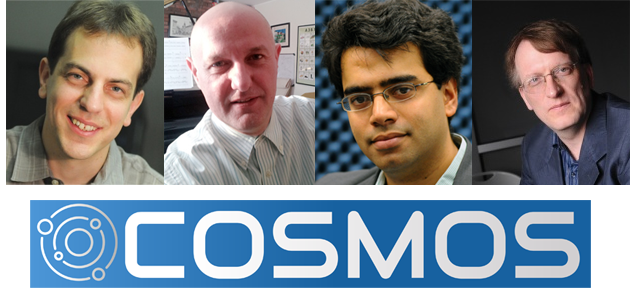
Interview with Profs. Zussman, Kostic, Krishnasmamy, and Schulzrinne on the COSMOS testbed
The National Science Foundation and an industry consortium have recently announced their $22.5 million investment to build a large-scale wireless testbed in New York City as part of the Platforms for Advanced Wireless Research (PAWR) program. Called COSMOS, the innovative testbed will be designed, deployed and operated by professors at Columbia’s Electrical Engineering and Computer Science departments, in collaboration with a team from Rutgers University (lead institution) and New York University. The team will also partner with the City of New York, Silicon Harlem, City College of New York (CCNY) and University of Arizona.
Researchers, from anywhere around the country, will be able to run their own experiments on COSMOS, test novel devices and pilot wireless technologies and applications. Students can gain access as well, providing them with a real-life laboratory to tryout their experiments and applications in probably one of the most challenging environments—densely populated New York City, an ideal setting for researchers to push bandwidth capabilities and latency limits of 4G, and even of the next generation 5G networks.
The high-bandwidth, low-latency network is expected to allow faster data transmission than one gigabit per second and reduce response times to a few milliseconds. To achieve this high level of performance, data processing will be handled by on-site “edge cloud” servers rather than in remote data centers.
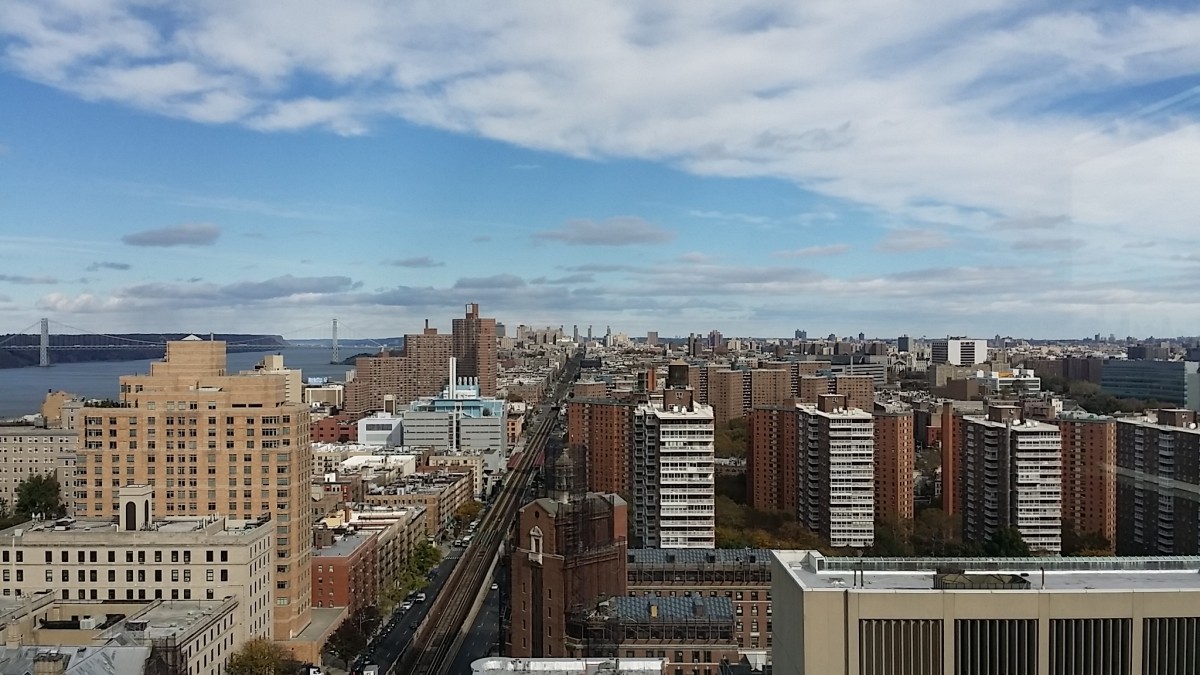
The COSMOS testbed will cover one square mile in West Harlem, from Columbia’s Morningside campus to 135th Street.
“This is going to be a unique outdoor lab for advanced wireless networking technologies,” said Gil Zussman, associate professor of electrical engineering and the Columbia principal investigator on the project. "Not only is this a huge benefit to our own Columbia community, but also to many people in industry and academia who work on wireless research, on networking and on smart cities. Having an opportunity to run experiments in a real-world scenario like the one COSMOS will provide can take wireless networking and smart cities research into a whole new level."
Zussman, whose expertise lies in wireless and mobile networks, is working on COSMOS alongside Electrical Engineering professors Harish Krishnaswamy, an expert in millimeter wave (mm-wave) technology and full duplex wireless, Zoran Kostic, who focuses on smart cities and mobile data systems, and Henning Schulzrinne (joint with computer science) who will contribute dynamic spectrum and edge cloud computing expertise to the project. The team members are all affiliated with the Data Science Institute and are collaborating closely with Sharon Sputz, the Data Science Institute's director of strategic programs, and Alan Crosswell, Columbia’s Chief Technology Officer.
The team is already gearing up to get COSMOS running by year two of the five-year grant.
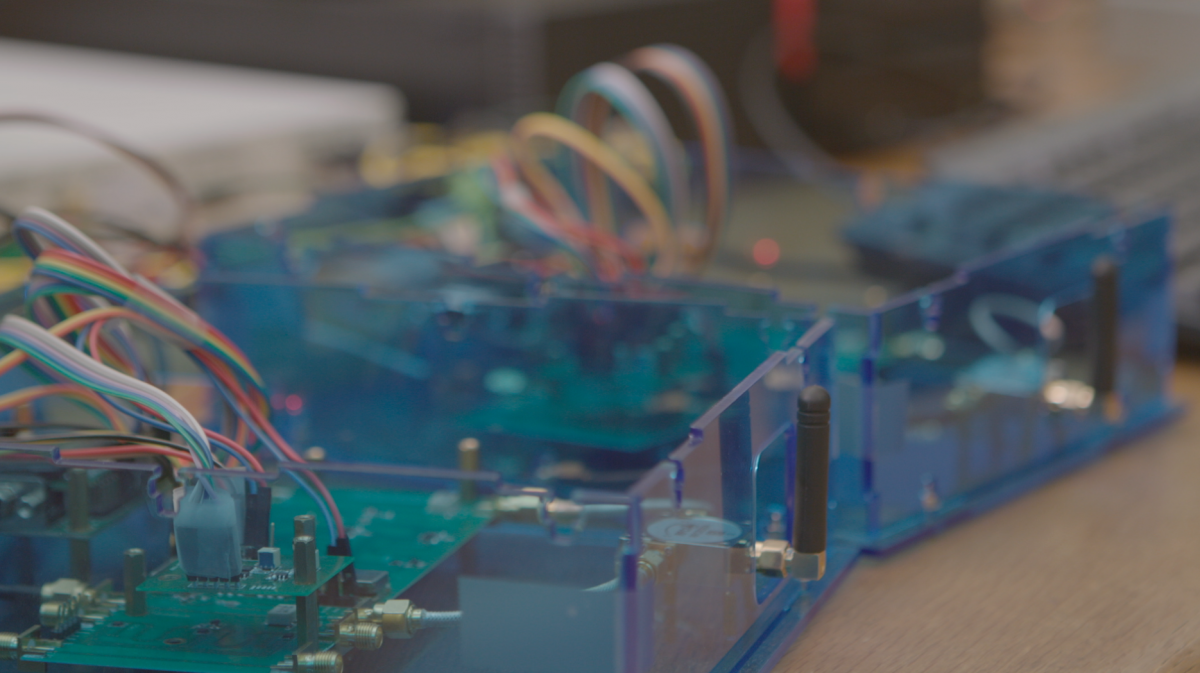
What is Columbia’s role in this collaborative project?
Krishnaswamy: We will be incorporating technologies in COSMOS that stem from our past and ongoing research, particularly millimeter-wave technology and full duplex wireless. The CoSMIC lab has been working on various aspects of millimeter-wave integrated-circuit (IC) technology for the last decade, and in this project, we are partnering with IBM to build the first open millimeter-wave wireless testbed. Full-duplex wireless involves simultaneous transmission and reception on the same frequency band, and it has the potential to double wireless capacity at the physical layer. CoSMIC lab and Columbia’s WimNet lab have been pioneering contributions to full-duplex wireless for several years, and we will be installing our custom full-duplex hardware into the testbed.
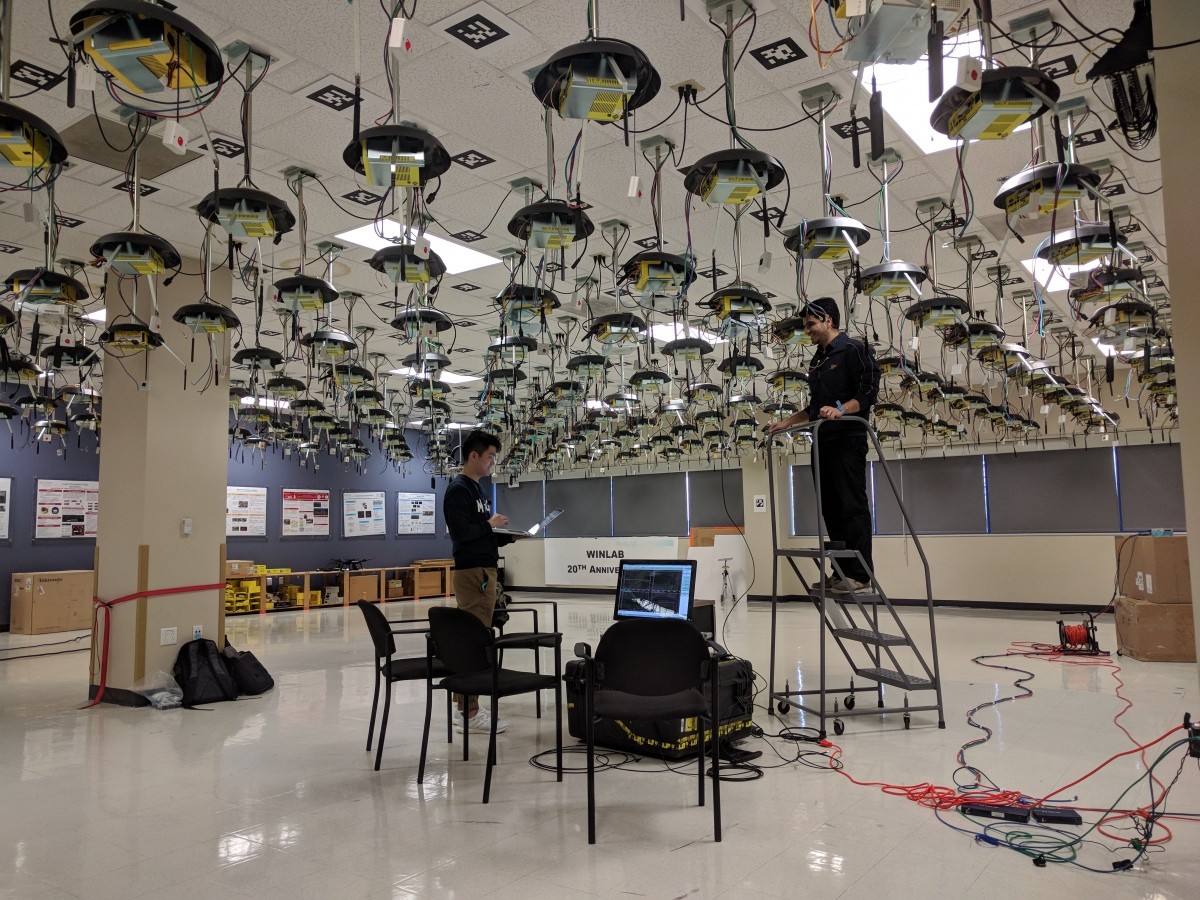
Zussman: To use the edge-cloud and wireless infrastructure effectively, a fast front-haul network with high bandwidth and low-delay connectivity is needed. To support this, we will incorporate dynamic optical networking technologies that we jointly developed with Professor Dan Kilper at University of Arizona over the past decade in the NSF CIAN Engineering Research Center. We’ve already demonstrated that we can utilize existing dark fiber in the City, connect it to wireless devices in our labs and then perform computing tasks several miles away (at the edge cloud).
Schulzrinne: For many years, I have collaborated with researchers in Finland on a series of wireless spectrum projects, including mobile edge computing and massive Internet-of-Things (IoT). These projects are funded by the NSF and the Academy of Finland through the WiFiUS program. COSMOS gives us the chance to deploy and study mobile edge computing on a high-bandwidth, low-latency network.
What will go into building the COSMOS infrastructure?
Zussman: The infrastructure is complex. We’ll have about nine large wireless nodes located on rooftops; We already have one of these situated on top of the Mudd Building that Schulzrinne’s group installed a few years ago for another wireless project. There will be 40 medium size nodes that can be placed on light poles, and about 200 experimental mobile devices that will be used in the network. We will integrate in these nodes technologies developed at Rutgers, NYU and in our labs. For deployment, we will be working closely with several Columbia organizations including CUIT, Facilities, Government and Community Affairs, Data Science Institute and Columbia Engineering Outreach, as well as with the City, CCNY and Silicon Harlem.
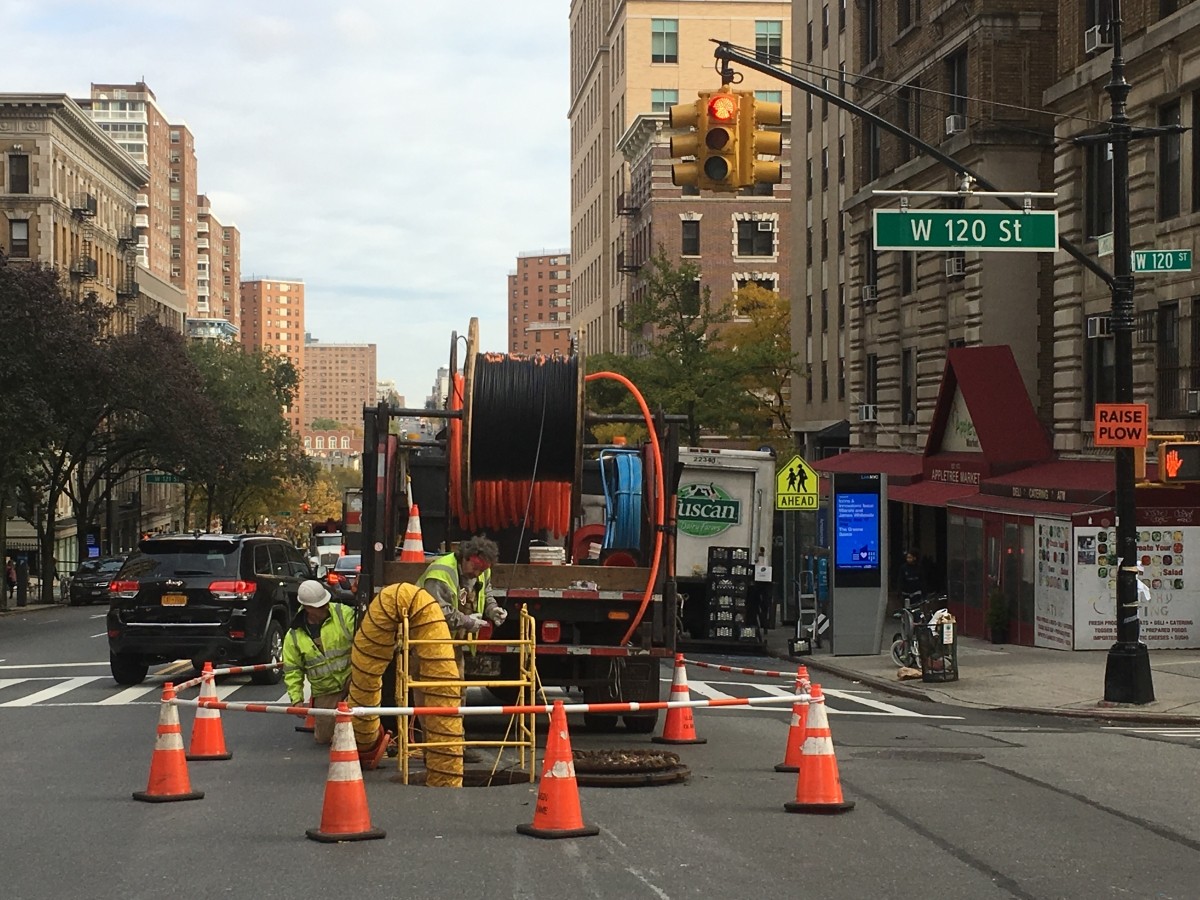
Schulzrinne: Part of COSMOS is to better understand how sharing of radio spectrum will work. For Columbia, I developed the radio spectrum license applications so the campus could use frequencies in the millimeter-wave radio band—not previously used for telecommunications—and I’ll work to ensure we don’t interfere with potential licensees who may be assigned to those frequencies. Under 5G, the way licensing is being conducted will change; instead of specifically requesting certain frequencies and then waiting for permission from regulators as is the process now, spectrum will be shared dynamically on an as needed basis, a more efficient way to use this limited resource.
How does smart cities technology play into this?
Kostic: COSMOS will make it possible to create and experiment with smart traffic intersections in dense urban environments. Smart traffic intersections are key to facilitating the deployment of autonomous vehicles in urban environments, where a large number of vehicles and pedestrians are competing for "the rights of movement." COSMOS will offer low latency wireless communications and high-performance edge computing resources. Low latency is needed for rapid exchange of data between vehicles, city infrastructure and pedestrians, including high-bandwidth video. Edge computing resources will include graphics processing units (GPU) and will be used for real time computation of positions and trajectories, and for collaborative prediction of optimal traffic flows using deep learning techniques.
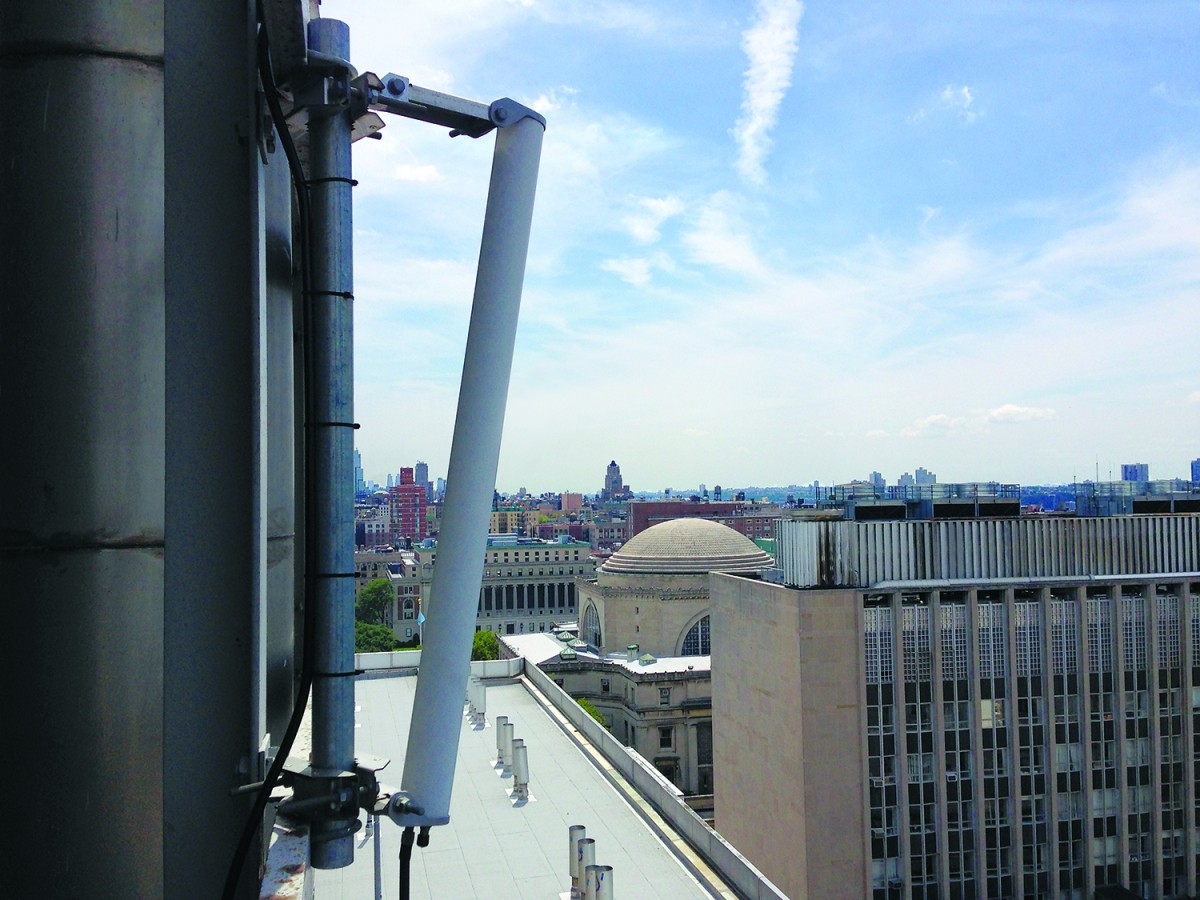
How will COSMOS benefit students and the community?
Kostic: Beyond training Columbia students in advanced technical subjects, COSMOS will serve as an educational platform for local K-12 students. For example, COSMOS is suitable for supporting experiments on monitoring environmental parameters such as air and noise pollution, which are approachable educational topics for this age group. Columbia faculty and graduate students will collaborate with local K-12 teachers to create experiments appealing to these grades.
What are some major engineering challenges that will be addressed?
Krishnaswamy: The big challenge associated with millimeter-waves, for one, is the limited propagation; the signal does not travel very far. To overcome this, we must design radios with high-transmitted power and which use multiple antennas to “gang up” the signal so that it can reach the receiver. We will be piloting mm-wave radios that will operate at 28 GHZ, a frequency recently made available by the FCC for cellular service. The wide bandwidths available at this frequency will enable gigabits-per-second data rates to our devices, which will enable new applications like virtual and augmented reality and self-driving cars.
For more information about the project:
- COSMOS team press release.
- NSF press release.
- New York City press release
- The Columbia Newsletter